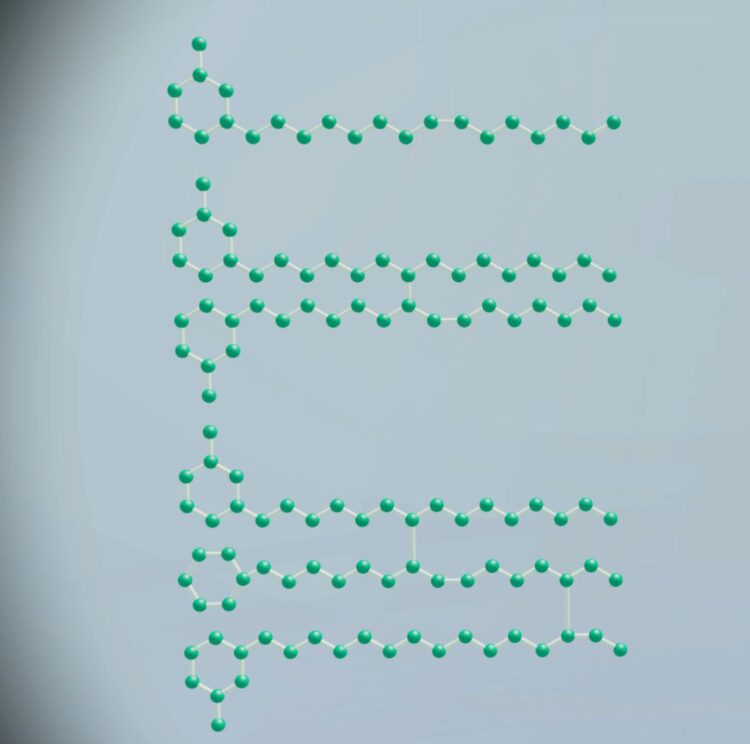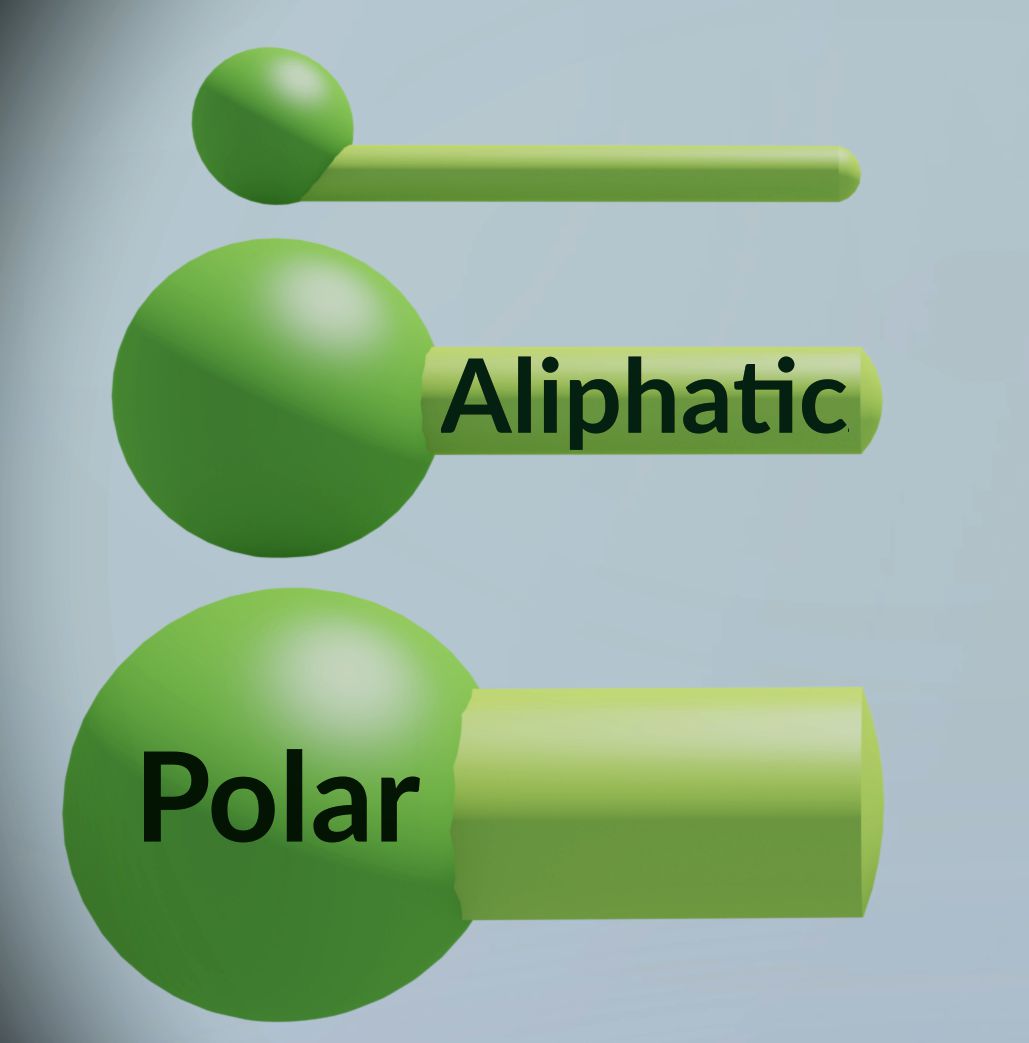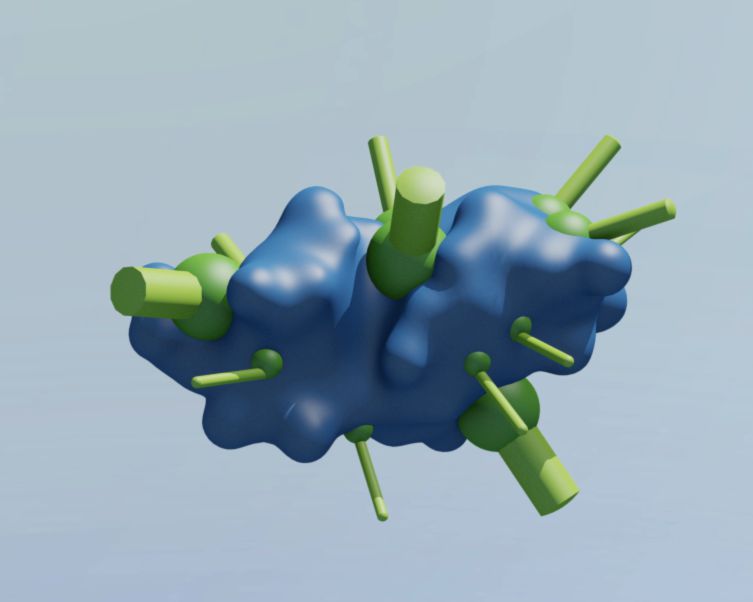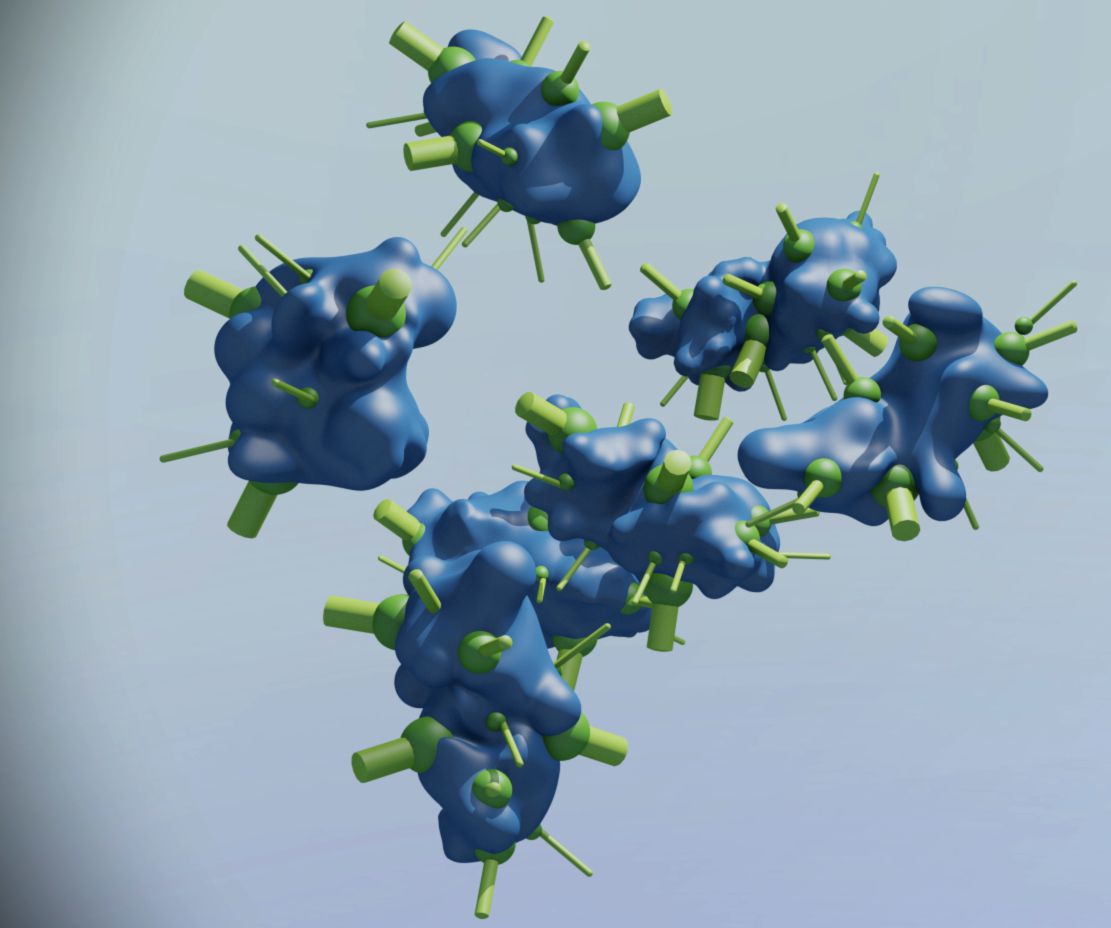Recycling asphalt
As a result of a visit to the bitumen refinery and discussing the future vision of bitumen quality and the certainty of its supply, the following memo was formulated to describe the possibilities for improving bitumen by adding RheoFalt HP-AM. The use of a high percentage of recycled asphalt is becoming more common. The technologies are more advanced, the regulations less strict, and the demand for sustainable products continues to increase. Especially in Western Europe, various incentive measures continuously increase the need to maintain the required quality level while adding limited quantities of bitumen to a mixture. In the current environment, which stimulates the option of complete recycling, lots of research has been carried out in the past decade. As of last year, the restriction of Reclaimed Asphalt Pavement (RAP) usage to about 50% in the bottom and intermediate layers is being abandoned and expanded to an average of 80% with the possibility of up to 100% recycling.
Adapting the binding agents
In the past, asphalt mixtures were mostly based on normal (fresh/new) penetration of bitumen. In recent years, we have witnessed a decline in the use of new bitumen in asphalt. Most of the binding agent consists of recycled bitumen and is therefore aged.
Consequently, an increasingly reduced amount of new bitumen has to compensate for a growing amount of aged bitumen. Currently, this means that new bitumen requires a modification to guarantee this extra compensation. The ultimate goal is to ensure that the quality of the end product (the mix between old and new bitumen) minimally maintains the same characteristics as that of the bitumen that we have known for the past decades. After all, the risks and guarantees stated in the current construction documents have not decreased, but only increased.
Thanks to the use of an additive (rejuvenator) it is possible to restore ageing bitumen with new bitumen. The best solutions are often the most simple ones. Years of research have clearly demonstrated the connection between chemical and physical ageing. The polarity of the asphaltene and the possibility of constructing agglomerates is the main cause for the stiffening of bitumen in the long term. A clear difference in the amount of asphaltenes is noticeable when comparing old and new bitumen. This is logical, because – due to the ageing process – the polar high-molecular asphaltenes increase over time and the maltenes decrease. The contemporary bitumen often consists of an increased share of alphaltenes. All the more reason to examine how this agglomeration of the polar asphaltenes can be delayed or prevented. By now, the production of hundred thousands of tons of asphalt has demonstrated that RheoFalt HP-AM binds to the asphaltenes and subsequently, stabilises them.
This means that even though in principle bitumen has a higher share of asphaltene, the increase is far slower in the course of 20 years and therefore compensates for the accelerated decline of the mixture characteristics.
Apparently, when adding RheoFalt HP-AM, even a little bit, the polarity of the mixed share of asphaltenes decreases significantly.
Whereas in the past, aged bitumen with a high level of asphaltene was mixed with lighter components, it now turns out that managing the stabilisation of the polar share in the bitumen generates a much greater effect over time.
This science is new because until now, only the physical component of the asphaltenes was studied while the long-term behaviour of the asphaltenes was ignored. By isolating the polar asphaltenes, growth/agglomeration of asphaltenes can be inhibited and ultimately, scientists will be able to prolong its lifespan even further.
Below is a visual representation of what happens during the aging process with and without RheoFalt HP-AM.
First of all, the normal aging process:
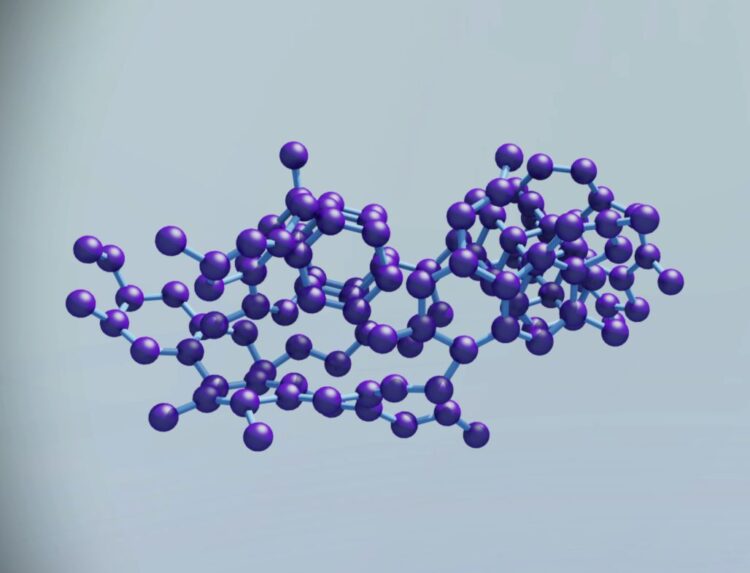
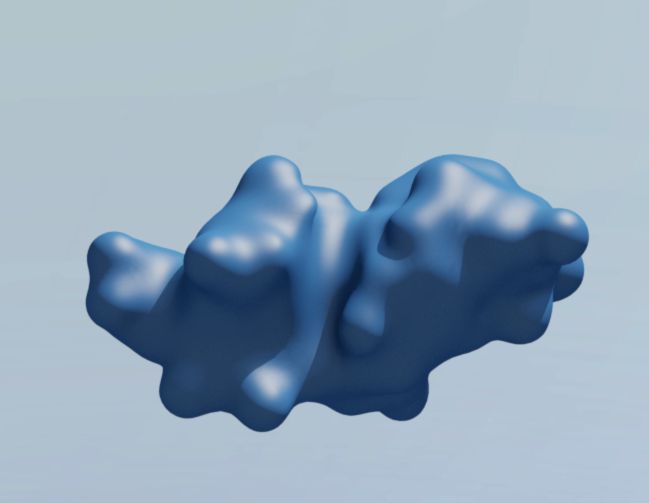
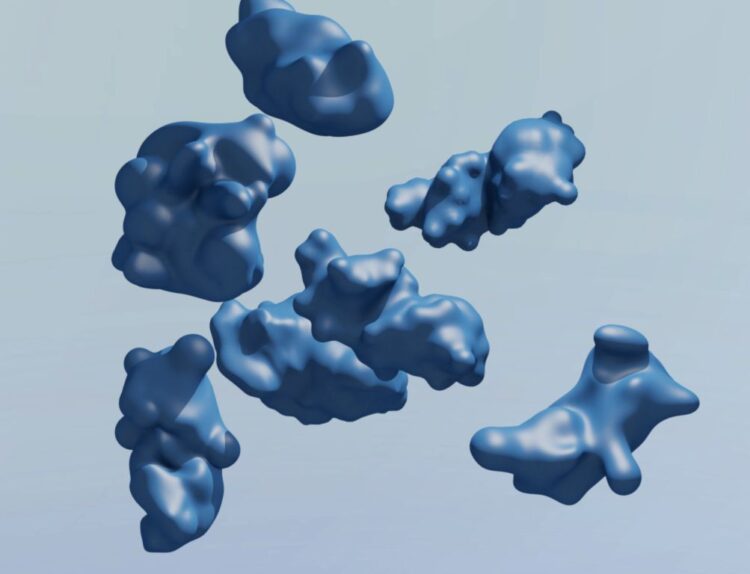
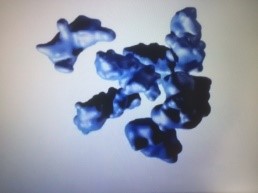
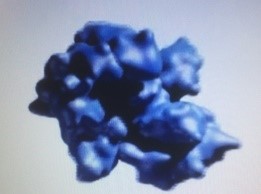
The first figure shows the molecule structure of an asphaltene. Bitumen contains 15% to 25% of these asphaltene molecules. Due to their polar ends, they grow into each other. The second figure shows that asphaltenes are found in the malthene fraction (resin aromatics and hydrocarbons). These substances are not polar and that’s what gives bitumen its flexibility. Thanks to the malthene environment, the asphaltenes float along each other as it were (Figure 3). When bitumen ages (physical aging), the asphaltenes will grow together into big macro-molecules with a rigid behaviour (Figures 4 & 5). In the end, the share of asphaltenes can increase to 30% and more, which disturbs the balance between the flexibility of the malthenes and the rigidness of the asphaltenes. The rigidness of the asphaltenes begins to dominate and the bitumen looses its elasticity. As a result, the traffic load causes cracks and breakage.
The effect of RheoFalt HP-AM
Figure 6 shows the molecule structure of RheoFalt HP-AM. This structure is typical in aromatic resins and contains only a few free atoms that can bind. These ends (Figure 7) bind to the asphaltenes (Figure 8).
